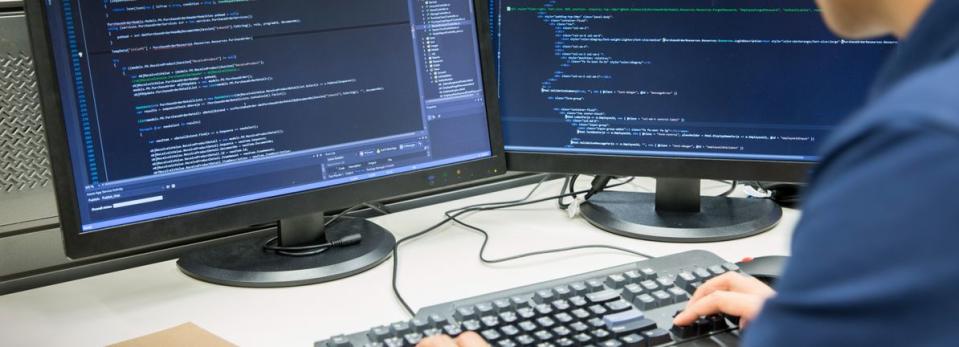Health Check: How Prudently Does Rapid7 (NASDAQ:RPD) Use Debt?

Some say volatility, rather than debt, is the best way to think about risk as an investor, but Warren Buffett famously said that 'Volatility is far from synonymous with risk'. It's only natural to consider a company's balance sheet when you examine how risky it is, since debt is often involved when a business collapses. We can see that Rapid7, Inc. (NASDAQ:RPD) does use debt in its business. But the real question is whether this debt is making the company risky.
When Is Debt A Problem?
Debt assists a business until the business has trouble paying it off, either with new capital or with free cash flow. If things get really bad, the lenders can take control of the business. While that is not too common, we often do see indebted companies permanently diluting shareholders because lenders force them to raise capital at a distressed price. Of course, debt can be an important tool in businesses, particularly capital heavy businesses. When we examine debt levels, we first consider both cash and debt levels, together.
View our latest analysis for Rapid7
How Much Debt Does Rapid7 Carry?
You can click the graphic below for the historical numbers, but it shows that as of December 2019 Rapid7 had US$185.2m of debt, an increase on US$174.7m, over one year. But it also has US$239.6m in cash to offset that, meaning it has US$54.4m net cash.
How Healthy Is Rapid7's Balance Sheet?
According to the last reported balance sheet, Rapid7 had liabilities of US$286.7m due within 12 months, and liabilities of US$295.1m due beyond 12 months. Offsetting these obligations, it had cash of US$239.6m as well as receivables valued at US$88.7m due within 12 months. So it has liabilities totalling US$253.4m more than its cash and near-term receivables, combined.
Of course, Rapid7 has a market capitalization of US$1.94b, so these liabilities are probably manageable. Having said that, it's clear that we should continue to monitor its balance sheet, lest it change for the worse. Despite its noteworthy liabilities, Rapid7 boasts net cash, so it's fair to say it does not have a heavy debt load! There's no doubt that we learn most about debt from the balance sheet. But it is future earnings, more than anything, that will determine Rapid7's ability to maintain a healthy balance sheet going forward. So if you want to see what the professionals think, you might find this free report on analyst profit forecasts to be interesting.
In the last year Rapid7 wasn't profitable at an EBIT level, but managed to grow its revenue by 34%, to US$327m. Shareholders probably have their fingers crossed that it can grow its way to profits.
So How Risky Is Rapid7?
Statistically speaking companies that lose money are riskier than those that make money. And we do note that Rapid7 had negative earnings before interest and tax (EBIT), over the last year. Indeed, in that time it burnt through US$37m of cash and made a loss of US$54m. While this does make the company a bit risky, it's important to remember it has net cash of US$54.4m. That means it could keep spending at its current rate for more than two years. Rapid7's revenue growth shone bright over the last year, so it may well be in a position to turn a profit in due course. Pre-profit companies are often risky, but they can also offer great rewards. When analysing debt levels, the balance sheet is the obvious place to start. However, not all investment risk resides within the balance sheet - far from it. Consider for instance, the ever-present spectre of investment risk. We've identified 3 warning signs with Rapid7 , and understanding them should be part of your investment process.
At the end of the day, it's often better to focus on companies that are free from net debt. You can access our special list of such companies (all with a track record of profit growth). It's free.
If you spot an error that warrants correction, please contact the editor at editorial-team@simplywallst.com. This article by Simply Wall St is general in nature. It does not constitute a recommendation to buy or sell any stock, and does not take account of your objectives, or your financial situation. Simply Wall St has no position in the stocks mentioned.
We aim to bring you long-term focused research analysis driven by fundamental data. Note that our analysis may not factor in the latest price-sensitive company announcements or qualitative material. Thank you for reading.

 Yahoo Finance
Yahoo Finance 
